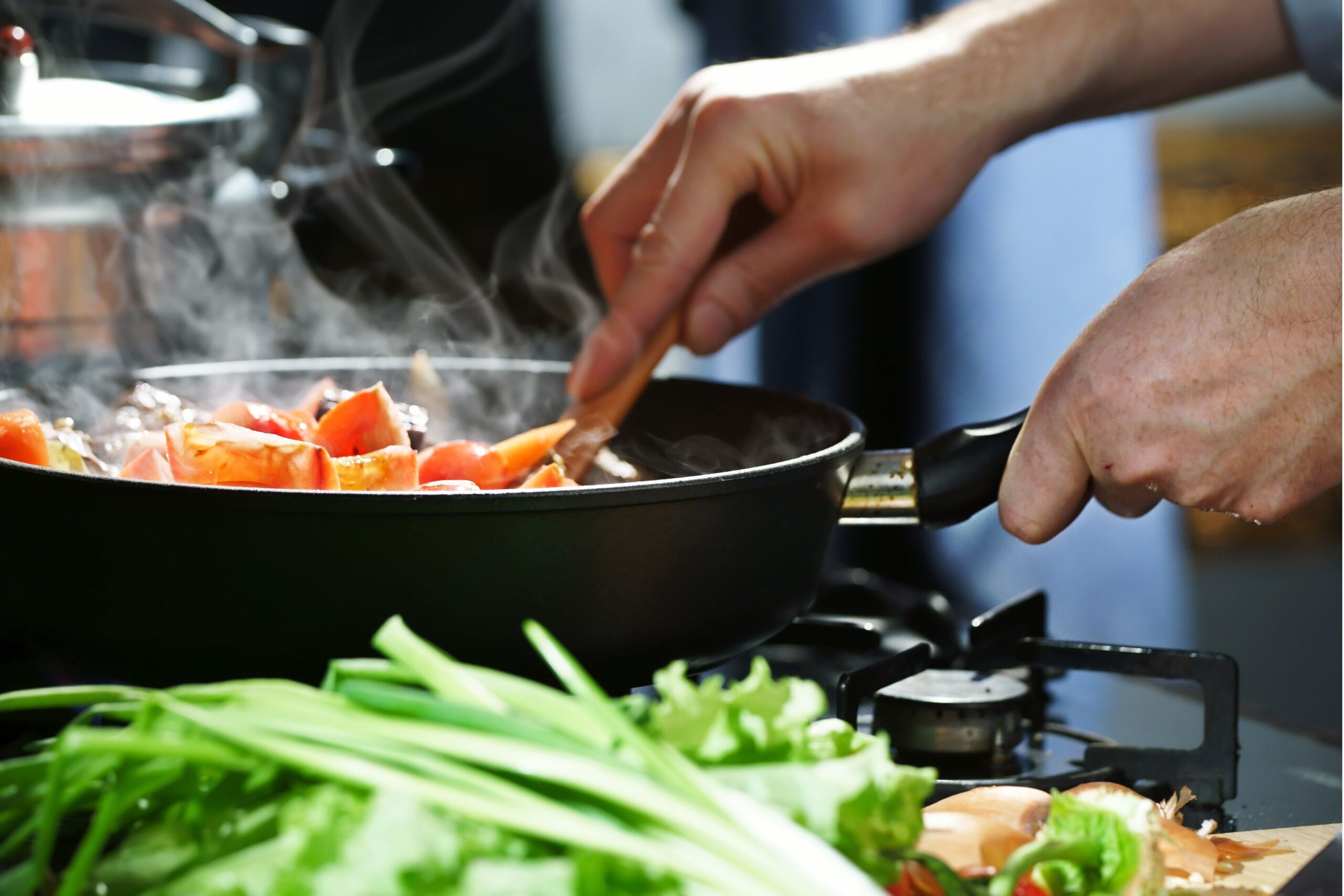The Science of Cooking: How Heat Transforms Your Ingredients
Cooking is both an art and a science. While creativity shapes the flavors, textures, and presentation, science works behind the scenes, transforming raw ingredients into mouthwatering dishes. Understanding how heat interacts with proteins, fats, and carbohydrates can elevate your cooking skills and help you make more informed decisions in the kitchen.
This blog will dive into the chemistry of heat and cooking techniques, highlighting how different methods affect food and sharing tips to achieve perfect results every time.
1. The Role of Heat in Cooking
Heat is the catalyst that transforms raw ingredients into edible, flavorful, and safe meals. Its impact depends on factors like temperature, cooking time, and the food’s composition.
Key Effects of Heat:
- Texture Changes: Proteins coagulate, starches gelatinize, and fats melt, all contributing to the final texture.
- Flavor Development: Heat creates caramelization and the Maillard reaction, enhancing sweetness and savory depth.
- Safety: Cooking eliminates harmful bacteria and pathogens, making food safe to consume.
Pro Tip: Always preheat your cooking surface, whether it’s an oven, skillet, or grill, for consistent results.
2. Sautéing and Stir-Frying: Quick and Flavorful
These high-heat methods are perfect for achieving a crisp exterior and tender interior.
Science Behind It:
- Heat quickly sears food, locking in moisture.
- Minimal oil and constant movement prevent sticking and burning.
Tips for Success:
- Use oils with a high smoke point like avocado or peanut oil.
- Cut ingredients into uniform sizes for even cooking.
3. Roasting and Baking: Dry Heat Wonders
Roasting and baking rely on dry, even heat to cook food thoroughly.
Science Behind It:
- Roasting intensifies flavors through caramelization (sugars) and the Maillard reaction (proteins and sugars).
- Baking relies on precise heat control for reactions like leavening and starch gelatinization.
Tips for Success:
- Preheat your oven to ensure even cooking.
- Rotate trays halfway through cooking to avoid hot spots.
Fun Fact: The Maillard reaction occurs between 280–330°F (140–165°C), creating the golden crust on baked goods and roasted vegetables.
4. Boiling and Simmering: The Power of Water
Boiling and simmering involve cooking food in liquid, either at a full boil or a gentle simmer.
Science Behind It:
- Heat transfers through water more efficiently than air, cooking food evenly.
- Starch molecules absorb water and swell, creating creamy textures in pasta and grains.
Tips for Success:
- Salt your water for better flavor absorption in foods like pasta and vegetables.
- Simmer instead of boiling for delicate ingredients like fish and eggs to prevent overcooking.
5. Grilling and Broiling: High Heat for Char and Flavor
Grilling and broiling use intense, direct heat to cook food quickly and impart smoky, charred flavors.
Science Behind It:
- High heat promotes caramelization and the Maillard reaction.
- Fat drippings on hot surfaces can create flavorful smoke that infuses the food.
Tips for Success:
- Keep ingredients dry to achieve a better sear.
- Use marinades with sugar sparingly to prevent burning.
Quick Tip: Let grilled meats rest for a few minutes after cooking to allow the juices to redistribute.
6. Steaming: Gentle and Nutritious
Steaming is one of the gentlest cooking methods, preserving nutrients and natural flavors.
Science Behind It:
- Steam transfers heat efficiently without submerging food in water.
- Minimal cooking time and lower temperatures protect delicate nutrients.
Tips for Success:
- Use a bamboo or metal steamer basket for better air circulation.
- Avoid overloading the basket to ensure even cooking.
7. Sous Vide: Precision Cooking
Sous vide involves cooking vacuum-sealed food in a temperature-controlled water bath, ensuring perfectly consistent results.
Science Behind It:
- Food cooks evenly at a precise temperature, preventing overcooking.
- Retains juices, nutrients, and flavors due to the vacuum-sealed environment.
Tips for Success:
- Sear sous vide-cooked proteins after cooking for added texture.
- Use sous vide for tougher cuts of meat to break down collagen gently.
Cooking isn’t just about following recipes—it’s about understanding the processes that bring your meals to life. Whether you’re caramelizing onions, boiling pasta, or searing a steak, the science of heat and cooking techniques can help you achieve better results and add new dimensions to your dishes.
What’s your favorite cooking technique and why? Share your thoughts in the comments, and let’s celebrate the beautiful fusion of art and science in the kitchen!

